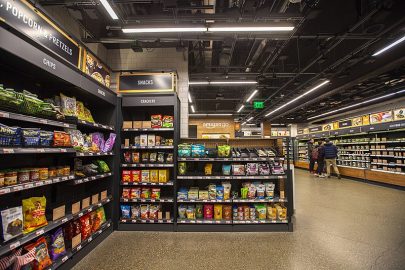Most people know Amazon for its namesake e-commerce platform, but the world’s most popular online retailer has expanded its business considerably over the past few years. Underlining its ambitions to become a broad-based tech company rather than a one trick pony, Amazon introduced a range of new hardware products along with its very own cloud gaming service at its fall event last Thursday.
While the event did fly under the radar a little bit, especially compared to Apple’s launch event a week earlier, it was jam-packed with announcements. Aside from updating its Echo line of smart speakers, Amazon also introduced new Fire TV streaming sticks, new wi-fi routers as well as several Ring-branded security products including an autonomous security drone for the home. Arguably the most exciting announcement was an AWS-powered cloud gaming service called Luna, along with a dedicated game controller, to compete directly with Google’s Stadia and Microsoft’s xCloud gaming services.
read more
A small piece of Jurassic Park: DNA extracted from insects embedded in resin
17 out-of-place artifacts said to suggest high-tech prehistoric civilizations existed
As the following chart shows, Amazon’s core “online stores” business, i.e. first-party e-commerce sales recognized on a gross basis, accounted for little more than half (51 percent) of Amazon’s total sales in the twelve months ended June 30, with commissions charged from third-party sellers, Amazon Web Services and subscription services accounting for the bulk of the remaining 49 percent of sales.
source statista
You will find more infographics at Statista
Ask me anything
Explore related questions






